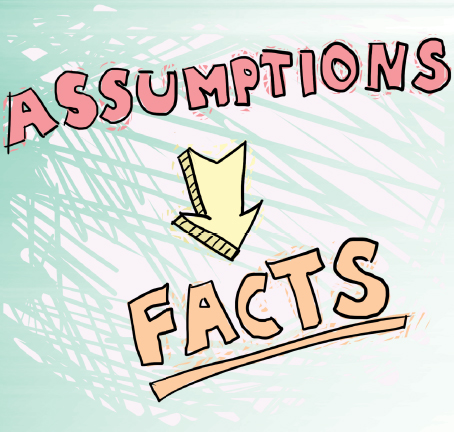Is It Feasible?

The point of a feasibility study is to determine whether you have a viable business. Whether a formal report or back-of-the-envelope estimate, feasibility is fundamental to analyzing new business opportunities. While there is no standard feasibility framework, there are two basic stages to any feasibility study.
The first stage is to put together a quick-and-dirty plan that outlines important feasibility factors such as the business model, price points, gross margins, distribution, competition, and so on. Realize that the plan doesn’t have to be a written business plan . . . it doesn’t even have to be written. The point here is to explore, at a high level, whether the business has any potential. The second stage is to enumerate and test all key assumptions. Since there’s so little information at the beginning, you will be forced to make hundreds of assumptions. List these assumptions in order, with the most critical assumptions at the top. The main purpose of the second stage is to convert the make-or-break assumptions to facts. If you determine that the business is still feasible at the conclusion of this study, celebrate for a minute and then get back to work. If not, don’t worry; most ideas won’t pass the scrutiny of an objective feasibility study. At this point, you can either adapt your idea based on the new information or think of another business and begin ...
Get The Agile Startup: Quick and Dirty Lessons Every Entrepreneur Should Know now with the O’Reilly learning platform.
O’Reilly members experience books, live events, courses curated by job role, and more from O’Reilly and nearly 200 top publishers.

